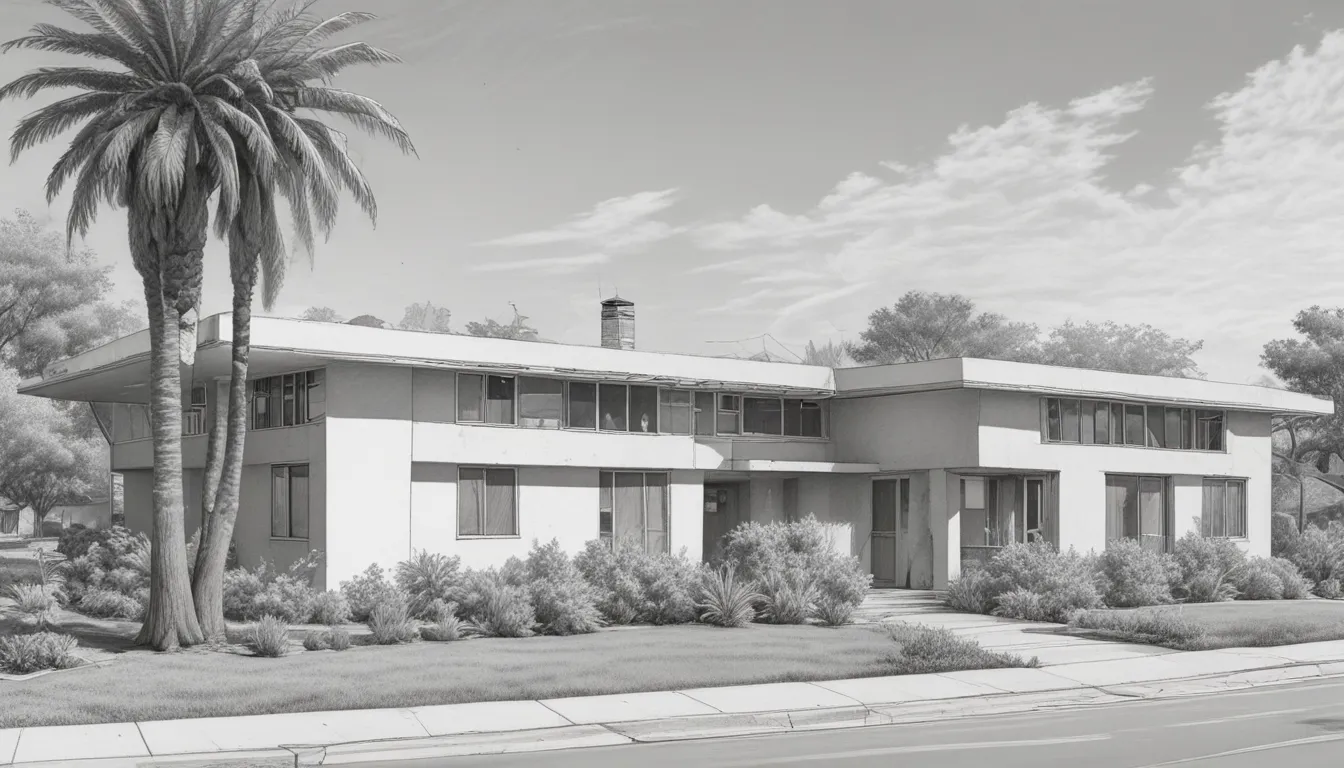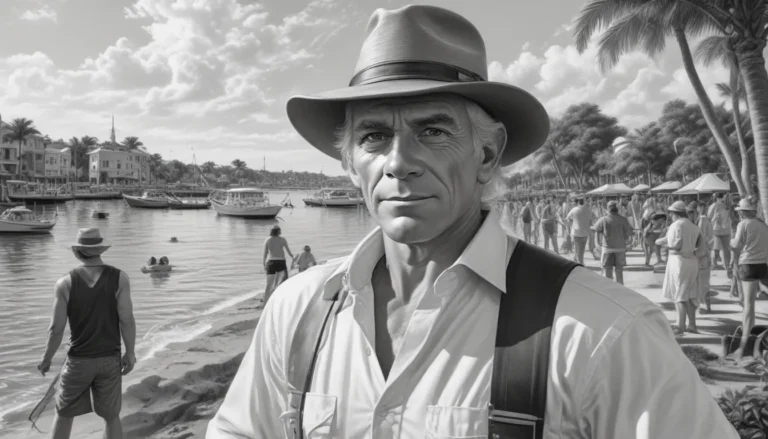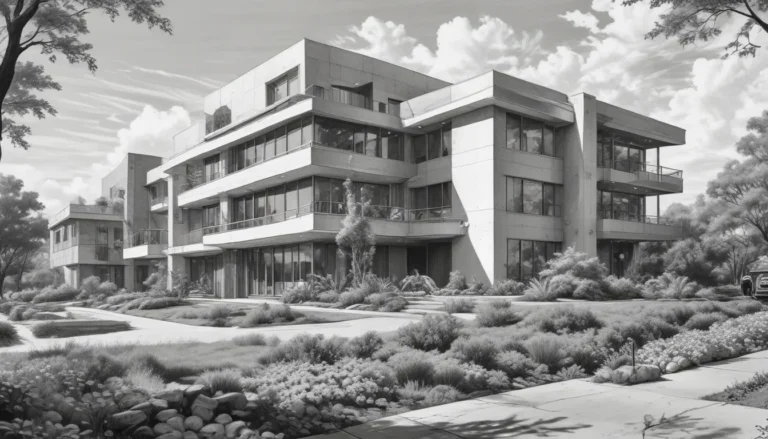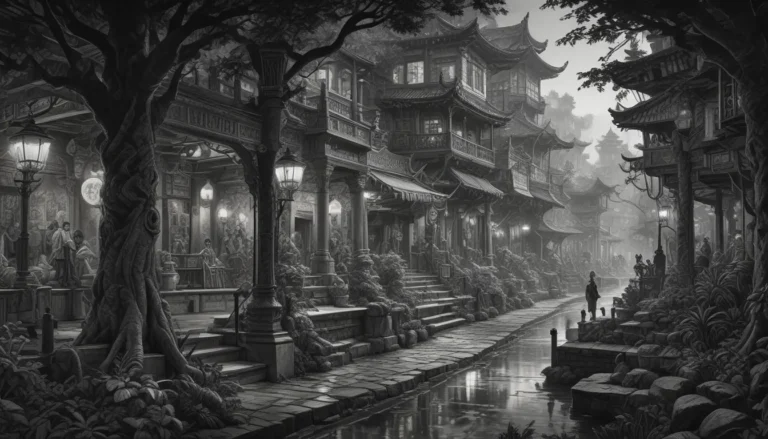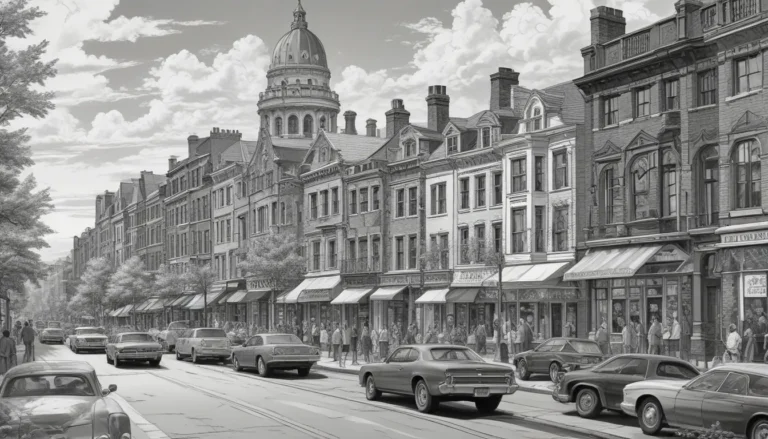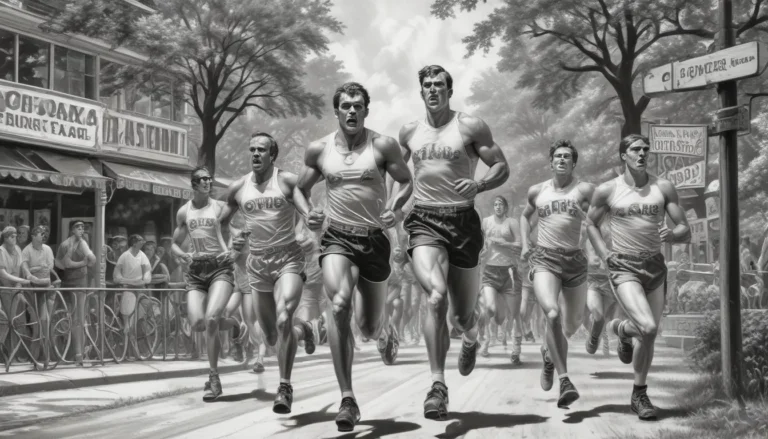The images in our articles are for illustrative purposes only and may not exactly match the content. They are intended to capture your interest and complement the text, not to replace it.
Rancho Cucamonga, California, is a city brimming with historical significance and architectural marvels that offer a glimpse into its rich heritage and diverse architectural styles. From iconic structures like the Cucamonga Service Station to charming winery plazas, each landmark tells a unique story of the city’s past. Whether you’re a history enthusiast, architecture buff, or someone who appreciates well-crafted buildings, Rancho Cucamonga has something to captivate your imagination. Join us as we explore 11 fascinating facts about the architectural landmarks that adorn this captivating city, shedding light on their significance and the stories they hold.
The Pacific Electric Trail: A Scenic Stroll Through History
Rancho Cucamonga is home to the renowned Pacific Electric Trail, a 21-mile-long trail that was once part of the historic Pacific Electric Railway. This picturesque trail is a favorite among locals and visitors alike for walking, jogging, cycling, and horseback riding, offering breathtaking views of the city’s architectural landmarks.
The Iconic Cucamonga Service Station: A Glimpse Into the Past
The Cucamonga Service Station, constructed in 1915, is a historic Mission Revival-style building that once served as a gas station and garage. Listed on the National Register of Historic Places, this well-preserved structure is a must-visit for history and architecture enthusiasts, showcasing unique architectural features that speak to a bygone era.
Chaffey Garcia House: A Victorian Gem
Built in 1883, the Chaffey Garcia House is a stunning example of Victorian architecture that offers a window into the city’s rich architectural heritage. Listed on the National Register of Historic Places, this historic home provides insights into the lifestyle of early inhabitants, making it a cherished landmark for both locals and tourists.
The John Rains House: A Glimpse Into the Greek Revival Era
Constructed in 1860, the John Rains House stands as a magnificent example of mid-19th-century Greek Revival architecture. This well-preserved historic home offers guided tours, allowing visitors to immerse themselves in its architectural splendor and learn about its prominent role in Rancho Cucamonga’s history.
Red Hill Community Park Amphitheater: Where Art Meets Architecture
The Red Hill Community Park Amphitheater, with its modern and innovative design, is a testament to the city’s commitment to providing cultural and artistic experiences to its residents. Serving as a venue for various events and performances, this architectural gem enriches the community’s vibrant cultural scene.
Thomas Winery Plaza: A Reflection of Winemaking Heritage
Established in 1875, the Thomas Winery Plaza is a charming architectural complex that reflects the city’s winemaking heritage. Restored to its former glory, this landmark features a winery, tasting room, and event spaces, offering visitors a delightful blend of history, architecture, and wine culture.
Haven School House: A Peek Into Educational Architecture
Constructed in 1890, the Haven School House is a captivating example of late 19th-century one-room schoolhouse architecture. This historic building provides educational insights into the city’s past and serves as a living testament to the evolution of educational architecture in Rancho Cucamonga.
Etiwanda Depot: A Tribute to Railroad History
Built in 1913, the Etiwanda Depot is a beautifully preserved railway depot that pays homage to the city’s railroad history. Offering a glimpse into the era of rail travel, this architectural gem serves as a reminder of the vital role railways played in shaping Rancho Cucamonga’s development.
San Secondo d’Asti Church: An Italianate Masterpiece
The San Secondo d’Asti Church, with its striking Italianate architecture, has been a cornerstone of the community since its construction. A place of worship and a symbol of faith, this architectural marvel adds to the city’s diverse architectural tapestry.
Hermosa Hotel Building: A Victorian Treasure
Dating back to 1887, the Hermosa Hotel Building is a captivating example of Victorian-era architecture that offers a glimpse into the city’s early hospitality industry. Meticulously preserved, this historic building stands as a reminder of Rancho Cucamonga’s architectural and cultural heritage.
Thomas-Wright House: A Showcase of Craftsman Design
The Thomas-Wright House, constructed in 1914, is a splendid illustration of Craftsman-style architecture that highlights the city’s dedication to preserving its architectural legacy. Providing visitors with an immersive experience of the Craftsman design aesthetic, this historic home is a testament to Rancho Cucamonga’s architectural history.
Conclusion: Embracing the Architectural Heritage of Rancho Cucamonga
Rancho Cucamonga’s architectural landmarks stand as testaments to the city’s past, offering visitors a fascinating journey through time and design. Whether you’re interested in history, architecture, or simply exploring new sights, these landmarks hold stories waiting to be discovered. From the iconic Cucamonga Service Station to the modern Red Hill Community Park Amphitheater, each landmark contributes to the vibrant tapestry of Rancho Cucamonga’s architectural heritage.
FAQs
-
What is the oldest architectural landmark in Rancho Cucamonga?
The oldest architectural landmark in Rancho Cucamonga is the John Rains House, built in 1860. This historic adobe structure offers guided tours, providing insights into the city’s rich heritage. -
Are there any modern architectural marvels in Rancho Cucamonga?
Yes, Rancho Cucamonga is home to modern gems like the Victoria Gardens Cultural Center, showcasing contemporary design elements and hosting cultural events. -
Can visitors access the interiors of the architectural landmarks in Rancho Cucamonga?
Some landmarks, such as the Cucamonga Service Station and the John Rains House, offer guided tours allowing visitors to explore their interiors and learn about their historical significance. -
Do any of the architectural landmarks in Rancho Cucamonga have special events or programs?
Yes, several landmarks host events and programs throughout the year, providing opportunities for visitors to engage with the city’s history and architecture.
